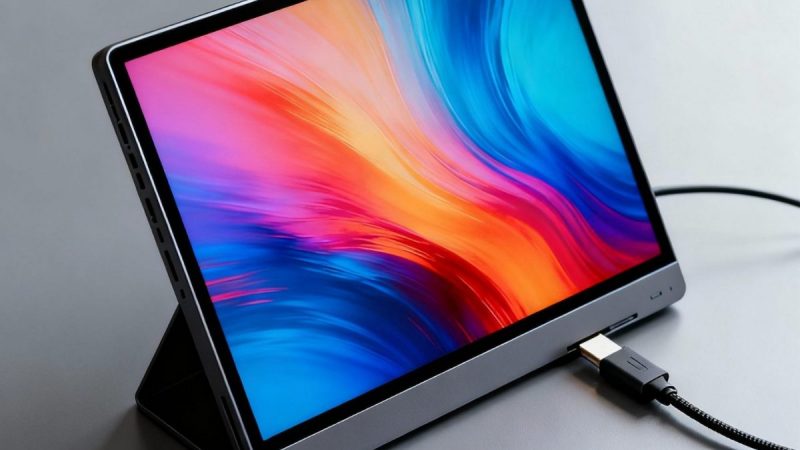How to Optimize Your PCB Design: A Beginner’s Guide

Designing a printed circuit board (PCB) can be a complex task, but with the right tools and knowledge, you can streamline the process and ensure a successful outcome. One essential aspect of PCB design is considering Design for Manufacture (DFM) principles, which focus on optimizing the design for efficient and cost-effective manufacturing. In this article, we’ll explore the importance of DFM, along with how HQDFM can help you identify and resolve manufacturing issues to create high-quality PCBs.
Understanding DFM
Design for Manufacture (DFM) is all about creating a printed circuit board (PCB) while keeping manufacturing needs in mind. The goal is to make the production process as efficient and cost-effective as possible, while also improving the quality of the final product. When you use HQDFM during the design phase, you can catch potential manufacturing issues early on and fix them before they become big problems. This helps to avoid delays and ensures that production runs smoothly from start to finish. By considering DFM concerns early in the design process, you can save time and money while creating high-quality PCBs.
Common DFM Challenges
Designing a PCB that meets DFM requirements can be challenging, as there are various factors to consider. Some common DFM issues include:
- Component Placement: Ensuring proper placement of components to facilitate assembly and minimize errors during soldering.
- Trace Width and Spacing: Maintaining adequate trace width and spacing to prevent signal interference and ensure electrical integrity.
- Drill Hole Dimensions: Verifying drill hole dimensions to avoid alignment issues and ensure proper component mounting.
Introducing HQDFM Gerber Viewer
HQDFM Gerber Viewer is a powerful tool designed to simplify DFM analysis and streamline the PCB design process. With its intuitive interface and comprehensive features, it helps designers identify and resolve manufacturing issues quickly and effectively.
Features of the HQDFM Gerber Viewer Tool:
- Automatic Import: The tool automatically recognizes and brings in all layers of the PCB design, ensuring precise alignment and effortless integration of Gerber files.
- Thorough Analysis: It performs a comprehensive examination of the design, scanning for more than 20 potential manufacturing issues such as shorts, opens, and tolerance violations.
- Detailed Report: After the analysis, a detailed report is generated, offering insights into detected issues and suggesting solutions for resolution.
- User-Friendly Interface: The tool is designed with an easy-to-use interface, making it accessible for users of all levels of expertise.
- Real-Time Evaluation: It provides real-time evaluation of the design, allowing designers to make immediate adjustments for optimal manufacturability.
- Customizable Panels: Users have the option to customize panels according to their preferences, providing flexibility in reviewing and analyzing the PCB design.
- Cost and Time Optimization: By identifying potential manufacturing problems early on, the tool helps in minimizing production costs and reducing lead times.
- Industry-Standard Compatibility: The tool is compatible with industry-standard Gerber files, ensuring seamless integration into existing PCB design workflows.
- Continuous Updates: The tool is regularly updated with new features and improvements, ensuring that users have access to the latest advancements in PCB design analysis.
- Trusted by Professionals: Used by a large number of professionals worldwide, the tool has earned a reputation for its reliability and effectiveness in ensuring the quality and manufacturability of PCB designs.
Getting Started with HQDFM
- Import Your Gerber Files: Simply import your Gerber files into HQDFM with a single click, and the tool will automatically analyze them layer by layer.
- Review the Analysis: Take time to review the DFM analysis results and identify any detected issues that need attention.
- Make Necessary Adjustments: Use the insights provided by this tool to make adjustments to your PCB design as needed, ensuring it meets manufacturing requirements.
- Optimize Your Designs: With high quality design for manufacturing guidance, optimize your designs to improve manufacturability, reduce costs, and enhance reliability.
Summing up
In summary, making sure your PCB design is ready for manufacturing is crucial for achieving smooth production and top-notch results. With the HQDFM Gerber Viewer tool, you can simplify the process of analyzing your design for manufacturing issues. By using this tool, you can quickly identify any potential problems that could arise during production and make smart decisions to address them. With the help of this tool, you’ll be able to fine-tune your designs and ensure they’re robust and reliable. So why not give the Gerber Viewer a try today and elevate your PCB designs to the next level?






